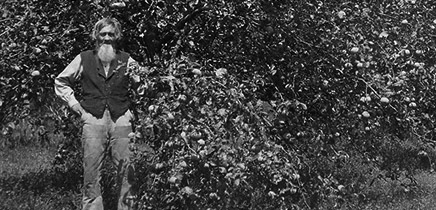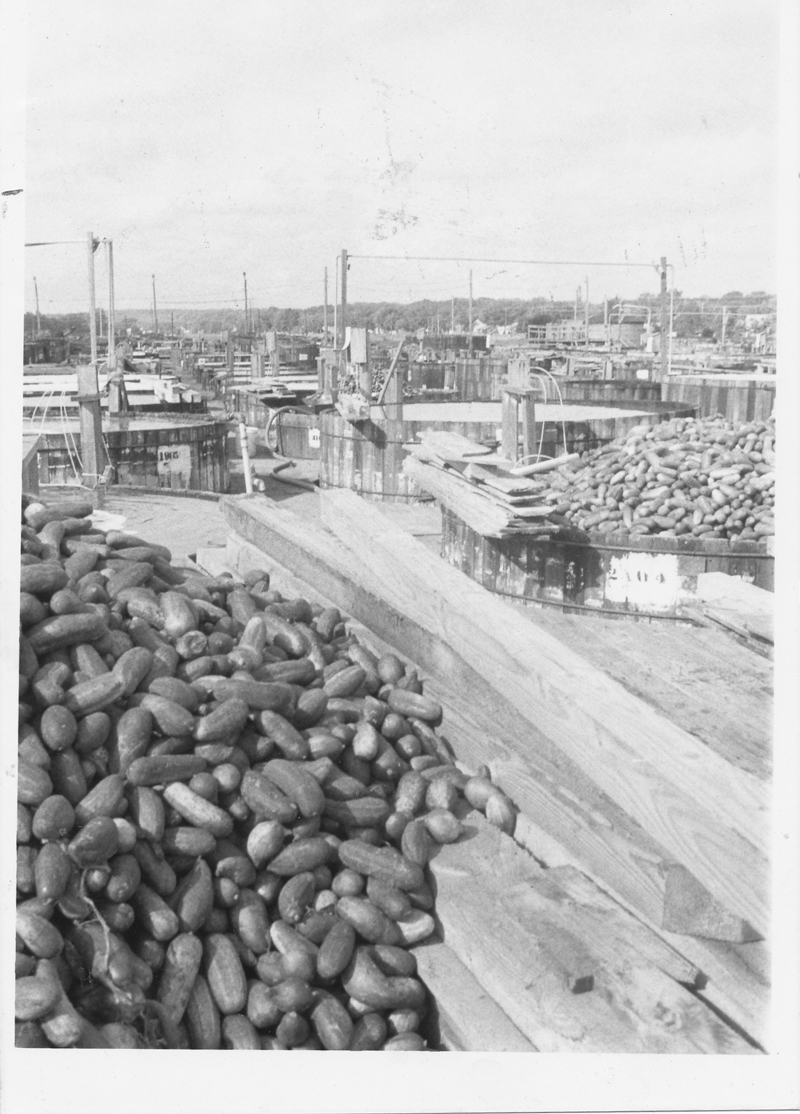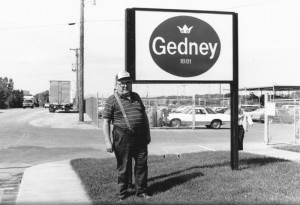Home to many historically significant people and places, Carver County’s possibly best known is recording artist Prince and his Paisley Park Studios. Located in what were Chanhassen cornfields, the site was a key location in Minnesota’s music industry. In its heyday, it drew artists and musicians from around the world. Though no longer in business, it still draws the eye of travelers along Highway 5 in Chanhassen.
Located at the intersection of Highway 5 and Audubon Road, Paisley Park officially opened on September 11, 1987. A ten million dollar, 65,000 square-foot facility, it spans three separate wings. Paisley Park contains two 48-track recording studios, a 24-track studio, a twelve thousand foot soundstage, a rehearsal and dance hall, video editing suites, and dozens of offices. This studio has music, film, and video production capabilities.
This studio was designed by Bret Thoeny of Boto Design Inc., in Venice, California, working closely with Prince. Tushie Montgomery and Associates, Inc. and Bossardt Christenson Corp. constructed it. Prince designed it to provide a place in Minnesota to record and edit film and music without having to go out of state. He also wanted the studio to have capabilities to match or surpass those on the east and west coasts.
Over the years, many individuals and groups recorded or rehearsed at Paisley Park Studios. Among them were Kool and the Gang, Chanhassen Dinner Theatre casts, the Sesame Street touring company, the Jets, Patti Labelle, Jermaine Jackson, Ipso Facto, Gene Loves Jezebel, World Party and Limited Warranty. Many TV commercials have been edited and completed there, as were music videos, feature films, and concert films like Prince’s “Sign ‘O the Times.” Over the years, Prince himself held concerts on site, which became legendery for their party feel, size, and noise levels. He also started the Paisley park record label from here. As more and more people called about tours, or showed up wanting one, they began being offered for fifteen dollars.
Paisley Park closed in 1996 for remodeling. It never resumed the same level of business once it re-opened. It closed again in the mid-2000s, after tax problems arose. Still, it remains famous in Chanhassen and among Prince fans worldwide.
Turning Point: Paisley Park Studios, a state-of-the-art recording facility, opened on September 11, 1987, launching over a decade of visits from music, entertainment and advertising people around the world.
Chronology:
- 1983: Prince films Purple Rain in Minneapolis, and gets the idea to build a studio complex that can meet the needs of musicians and film-makers in Minnesota and beyond.
- September 11, 1987: Paisley Park Studios opens.
- 1996: Paisley Park closes for remodel, and largely remains closed.
- Mid-2000s: Paisley Park closes to the public, no longer available for rent or use.
Bibliography:
Bream, Jon. “Prince’s Paisley Park Is A Mini-Hollywood.” Chicago Tribune, May 7, 1987. http://articles.chicagotribune.com/1987-05-07/features/8702040156_1_outdoor-basketball-court-prince-paisley-park-studios
Bream, Jon. “Prince’s Paisley Park.” Minneapolis Star Tribune Sunday Magazine, August 14, 1988.
Crawford, Richard. “Paisley Park Among Those Late on Taxes.” Chanhassen Villager, March 25, 2010.
Durben, Mary. “Chan’s Paisley Park Keeps Busy With Local, Big Name Artists.” Carver County Herald, December 9, 1987.
Keller, Martin. “Creativity and Commerce Converge in Paisley Park: Smash Palace.” Twin Cities Reader, September 2-8, 1987.
Lileks, James. “A Paltry Paisley Peek.” Minneapolis Star Tribune, June 9, 2000.
Olson, Mark W. “Our Princely Identity.” Chanhassen Villager, March 17, 2004.
Palleschi, Amanda. “Purple Pride: Inside Paisley Park and the Psyche of Prince Fans.” Chanhassen Villager, June 19, 2004.
Related Resources:
[Primary]
Adams, Forrest. “Chanhassen Feels the Funk.” Chaska Herald, October 29, 2009.__________. “Purple Commute.” Chanhassen Villager, October 29, 2009.
Crawford, Richard. “Prince Settles Delinquent Tax Bill.” Chaska Herald, March 22, 2012.
Jansen, David. “Prince’s House Demolished.” Chaska Herald, November 10, 2005.
Olson, Mark W. “Superfunkychanifragisexy: Prince Interview, A Minnesota Potluck.” Chaska Herald, June 14, 2001.
___________and Mollee Francisco. “Carver County’s A-List.” Chaska Herald, January 5, 2012.
Pederson, David. “Special Effects, Big Stars Brighten Up Paisley Studios.” Chanhassen Villager, January 12, 1989.
Zuege, Unsie. “Chanhassen Elementary Receives ‘Princely’ Sum.” Chanhassen Villager, October 6, 2004.
__________ and Melissa Gilman. “Prince Shares Views.” Chanhassen Villager, June 13, 2001.
[Secondary]
Chambat, Valerie. Prince. France : Editions Prelude et Fugue, 1999.
Dean, Patty. “PunkFunkRockPop.” Minnesota History, 58 no. 1 (2002): 29-39. http://collections.mnhs.org/MNHistoryMagazine/articles/58/v58i01p029-039.pdf
Draper, Jason. Prince : Chaos, Disorder, and Revolution. New York: Backbeat Books, 2011.
Introducing the World Class Facility, For World Class Performers. Chanhassen: The Studios, 1988. A brochure. Minnesota Historical Society Call #: TK7881.4.P34 I5 1988
Leiby, Richard. “Behind the Seams : The Closet Dcoors are Open at Paisley Park and Prince’s Prints are to Dye For …” Us Weekly, no 136 (September 3, 1990): 40-45.
Paisley Park: Come Inside. Chanhassen: The Firm, [200-].
Paisley Park Studios. Chanhassen: The Studios, 1988. A portfolio.
Rowland, Mark. Prince, His Story in Words and Pictures : An Unauthorized Biography. New York: Lorevan Publishing, Inc., 1985.
[Web]
Encyclopædia Britannica. “Paisley Park Studios: Prince’s sonic Playground.” http://www.britannica.com/EBchecked/topic/709677/Paisley-Park-Studios.
“This article used with the permission of MNopedia, operated by the Minnesota Historical Society, under a Creative Commons License. No changes have been made to the article’s content.”




